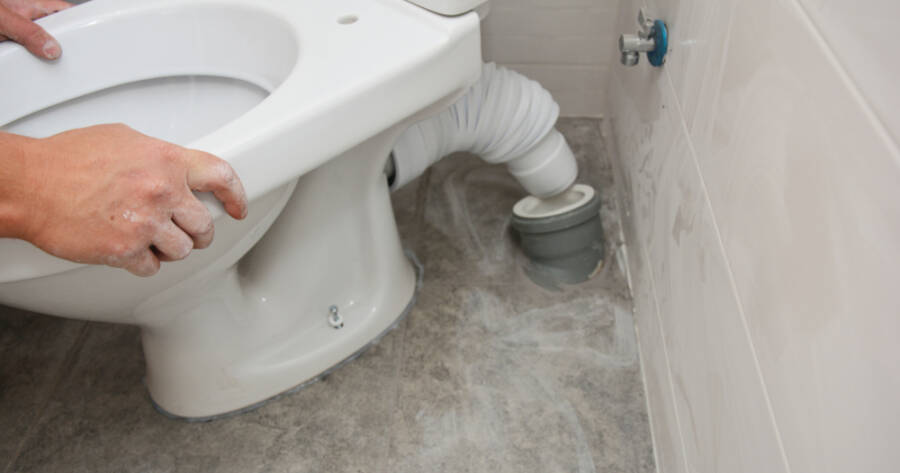Choosing the right toilet is an important decision that involves considering various factors to ensure comfort, efficiency, and durability. Get to know the different types of toilets, their flushing mechanisms, water consumption, and installation requirements. Additionally, explore specialized aspects such as modern eco-friendly technologies, space-saving designs, and the importance of proper maintenance to ensure long-term functionality and hygiene.
Understanding Toilet Types
Toilets come in various types, each offering distinct benefits. Two-piece toilets are common, consisting of a separate tank and bowl, making them versatile and often more affordable. These are easy to transport and maintain.
One-piece toilets provide a sleek design with tank and bowl combined, offering a modern aesthetic and easier cleaning. Wall-mounted toilets add a contemporary touch, saving space by having the tank hidden within the wall. Understanding these types helps in identifying the optimal solution for your bathroom layout.
Considering Flushing Mechanisms
Flushing mechanisms play a significant role in water efficiency and performance. Gravity-flush systems are traditional, relying on gravity to release water from the tank. They are generally reliable and straightforward.
Pressure-assisted systems use pressurized air to achieve a forceful flush, suitable for high-traffic areas or those seeking powerful waste removal. Dual-flush toilets offer two flushing options, allowing users to select water-saving modes for liquid or solid waste. Evaluating these mechanisms aligns choice with environmental and performance preferences.
Evaluating Water Efficiency
Water efficiency is crucial for conserving resources and reducing utility bills. Look for toilets with the WaterSense label, indicating compliance with EPA standards for water-saving performance. These models use 1.28 gallons per flush or less, compared to traditional models that may use up to 3.5 gallons.
Dual-flush toilets provide additional savings by offering different flush options. Understanding water efficiency contributes to sustainable living and cost reduction, making it a vital consideration in toilet selection.
Focusing on Comfort and Height
Comfort and height are key factors influencing user satisfaction. Standard toilets often measure around 15 inches from floor to seat, while comfort-height toilets, also known as right-height or chair-height, are 17 to 19 inches tall.
These higher models ease sitting and standing, benefiting those with mobility challenges. It’s important to consider household needs and preferences, ensuring the toilet chosen meets everyone’s comfort standards. Customizable comfort enhances the overall bathroom experience.
Exploring Bowl Shapes
The shape of the toilet bowl affects both comfort and space requirements. Round bowls are compact, ideal for smaller bathrooms or powder rooms, offering space-saving advantages.
Elongated bowls provide additional comfort, especially for adults, and are commonly found in modern homes. They require a bit more space but deliver enhanced ergonomics. Assessing the available area and user preferences informs the decision on bowl shape and ensures a harmonious fit within the bathroom.
Prioritizing Ease of Cleaning
Maintenance and ease of cleaning are important considerations in maintaining hygiene. One-piece toilets minimize seams where dirt can accumulate, simplifying cleaning routines. Some models feature smooth, glazed surfaces that resist stains and bacteria.
Toilets with a skirted design conceal the trapway, providing a sleek appearance and reducing crevices that attract grime. Evaluating these features ensures that upkeep remains manageable. Selecting a toilet with easy maintenance supports a clean and sanitary bathroom environment.
Considering Additional Features
Modern toilets offer a range of additional features that enhance convenience and luxury. Soft-close seats prevent slamming, adding quiet and ease to daily use. Heated seats provide warmth, ideal for colder climates.
Bidet functions or integrated bidet seats offer enhanced hygiene and comfort, providing a spa-like experience. Some models come equipped with night lights or remote controls, adding convenience to nighttime or assisted use. Exploring these extra features can elevate bathroom comfort and functionality.
Choose Wisely for Long-Term Satisfaction
Choosing the best toilet involves evaluating types, flushing mechanisms, water efficiency, and additional features to match your lifestyle. By understanding comfort, design, and maintenance requirements, you make informed decisions that enhance bathroom functionality and enjoyment.
Thoughtful consideration of these factors ensures the chosen toilet perfectly fits your space and individual needs, offering lasting satisfaction and performance. Your investment in quality and comfort will support daily routines, contributing to a welcoming and efficient home environment.





